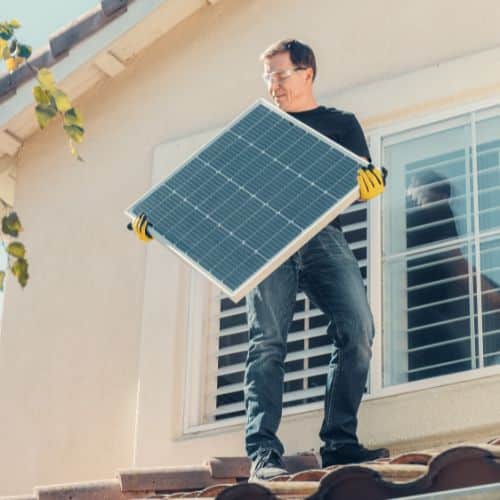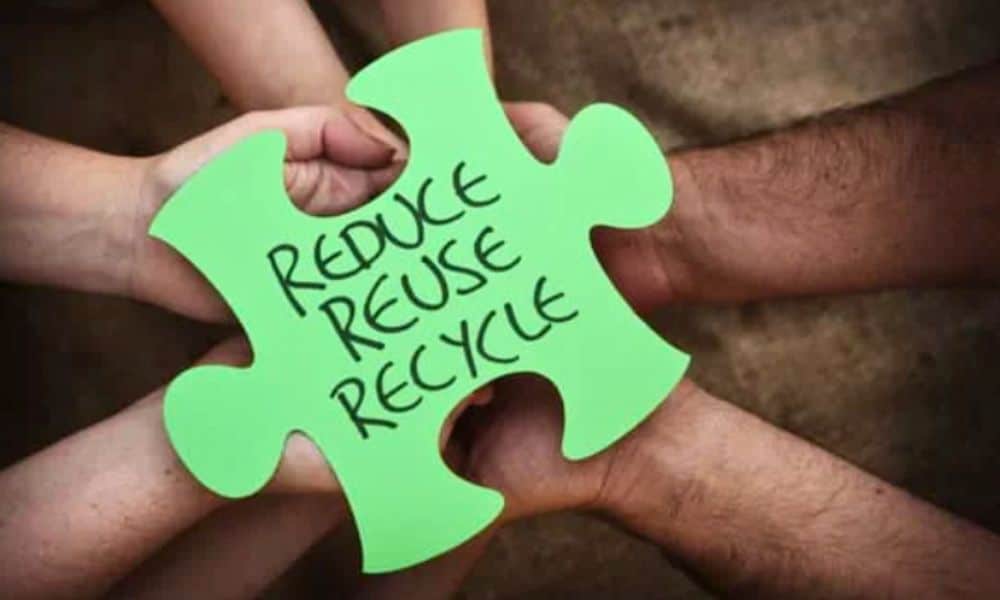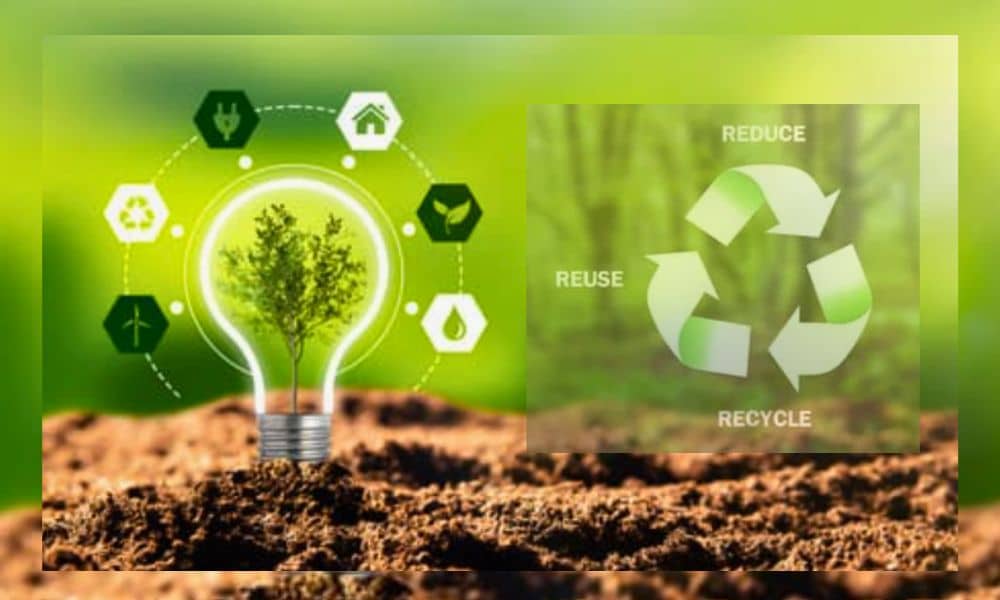Solar panels have become a crucial component of our renewable energy landscape, helping reduce our reliance on fossil fuels and combat climate change. However, as the lifespan of solar panels ends, the question of what to do with these aging solar PV (photovoltaic) systems arises. To address this challenge, the recycling of solar panels in Australia has emerged as a sustainable solution, ensuring that the environmental benefits of solar energy are maximised throughout their lifecycle.
Are you looking to save money on your electricity bills and reduce your carbon footprint? Solar energy is the perfect solution! Energy Matters can help you get up to 3 FREE quotes from pre-qualified and vetted solar firms in your area.
Energy Matters has been a leader in the renewable energy industry since 2005 and has helped over 40,000 Australian households in their journey to energy independence. With Energy Matters, you can be sure you’re getting the best possible deal on solar energy. We only work with reputable solar firms with a proven track record of delivering high-quality solar systems.
Northern Territory: Future home of solar panel disposal in Australia?
Northern Territory is an attractive, remote and sparsely populated region for developing large-scale solar (LSS) installations. However, this region also poses challenges for managing solar panel waste, such as long distances between settlements, limited infrastructure, and high transport costs.
A recent study at Charles Darwin University used the Multi-Level Perspective (MLP) framework to explore ways of transitioning towards a circular economy in LSS systems in Northern Australia. The study found that the MLP framework can be used to identify aspects of the transition that benefit from policy intervention, such as improving infrastructure and developing recycling and reuse markets.
The study concludes that governance activities that would lead to a more sustainable regional future include:
- Investing in infrastructure to reduce the costs of transporting solar panel waste.
- Developing recycling and reuse markets for solar panel waste.
- Creating incentives for businesses to adopt circular economy practices.
- Raising awareness of the environmental impacts of solar panel waste.
This study provides valuable insights into the challenges of managing solar panel waste in Northern Australia and the potential for the MLP framework to help achieve a more sustainable future.
Several things can be done to address the problem of solar panel dumping in the NT
- The government could introduce a government-funded solar panel recycling program. This would make it easier and cheaper for solar panel owners to recycle their old panels.
- The government could raise awareness of the environmental impact of dumping solar panels. This could be done through public education campaigns and by making information about solar panel recycling more accessible.
- Industry groups could develop more efficient and cost-effective solar panel recycling processes. This would make it more viable for businesses to recycle solar panels.
By taking these steps, the NT can help reduce the environmental impact of solar panel dumping and create a more sustainable future for the region.
In addition to the reasons mentioned above, a few other factors may contribute to the problem of solar panel dumping in the NT.
- The NT has a relatively high number of remote communities: These communities often lack the proper infrastructure and resources to dispose of solar panels.
- The NT has a hot, dry climate: This can accelerate the degradation of solar panels, making them more likely to be discarded early.
- The NT has a relatively low population density: There is less demand for solar panels, and finding a recycling program that accepts them may be more difficult.
The solar panel lifecycle

Before we dive into recycling, it’s essential to understand the solar panel lifecycle. Solar panels typically have a lifespan of 25 to 30 years, during which they generate clean electricity. However, over time, the efficiency of solar panels can degrade, leading to reduced energy production. When these panels reach the end of their operational life, they need to be replaced, and this is where recycling comes into play.
Tired of being the last to know about updates in the renewable energy world? Did you miss out on a state rebate or incentive? Looking to find out more about how you can save on your utility bills? Subscribe to Energy Matters’ weekly newsletter and keep updated with Australian and international news, incentives, and offers.
The need for solar panel recycling

Environmental benefits
Recycling solar panels is essential to minimise the environmental impact of the solar industry. Solar panels contain various materials, including glass, aluminium, and silicon cells, which can be resource-intensive to produce. Recycling can recover and reuse these materials, reducing the need for raw materials and energy-intensive manufacturing processes.

Waste reduction
Without proper recycling, end-of-life solar panels can become electronic waste, contributing to landfill pollution. Solar panels may contain hazardous materials like cadmium, which can leach into the environment if improperly disposed of. Recycling helps divert these panels from landfills and ensures the responsible management of hazardous substances.
The solar panel recycling process
Solar panel recycling involves several key steps:
The first step is collecting end-of-life solar panels. This can be done through various channels, such as manufacturers’ take-back programs, recycling centres, or waste management companies.
Collected panels are transported to specialised recycling facilities. Proper transportation ensures the panels arrive at the recycling facility intact and without damage.
At the recycling facility, solar panels undergo disassembly. This involves removing the frame, junction box, and other components to access the valuable materials, primarily the silicon cells.
The silicon cells are separated from the glass, aluminium, and other components through mechanical and chemical processes. These materials are then sent for further recycling.
Solar panels may sometimes be refurbished and resold if they have some operational life.
The separated materials are processed and recycled into new solar panels or other products. Silicon cells can be reused to produce new panels, reducing the need for virgin materials.
Where to recycle solar panels in AU?
There are laws prohibiting the disposal of solar panels in landfills in Victoria, South Australia, and the ACT. The solar panels must, therefore be transported to e-waste drop-off locations instead.
Under a new recycling expansion programme, Queenslanders have been prohibited from disposing of solar panels in landfills for the next ten years.
In other states and territories, there are no specific laws or regulations governing the recycling of solar panels. However, many councils offer e-waste recycling programs that accept solar panels. You can learn more about your local council’s recycling program by visiting their website.
You can also contact the manufacturer of your solar panels to see if they have a recycling program.
Removing any batteries or other hazardous materials is important when recycling solar panels. The panels can then be dismantled and the materials separated for recycling.
Make the solar industry truly green from start to finish
Recycling solar panels is a crucial step in ensuring the sustainability of the renewable energy industry. By diverting end-of-life solar panels from landfills and recovering valuable materials, we can reduce the environmental impact of solar energy production. As the demand for solar energy continues to grow, we must prioritise responsible end-of-life management through recycling to make the solar industry truly green from start to finish.
- Australia Grapples With Anticipated Solar Panel Waste
- Fighting Solar Panel Waste: Reclaiming and Recycling Australian Panels
- Please, Australia, recycle your solar panels
- QLD: Disposing of Solar Panels in Landfills Likely to be Banned, Recycled Instead
- Reduce Waste By Choosing Solar Panels More Responsibly
- Victoria: Researchers Found Way to Safely Recycle End-of-Life Solar Panels
Still can’t afford to switch to solar power?
Are you considering getting solar panels but are currently short on funds? You can still invest wisely, and Energy Matters can help you.
Powow and Energy Matters have teamed up to provide consumers with an alternative to switching to solar power and battery storage.
The biggest obstacle to installing solar and battery storage is typically finance. With Powow’s PPA and VPP, our customers will have a $0 upfront option and financial stability in the uncertain energy market.
Get up to 3 obligation-free quotes by getting in touch with us right away. Find out what payment plan options suit your needs and budget!













































